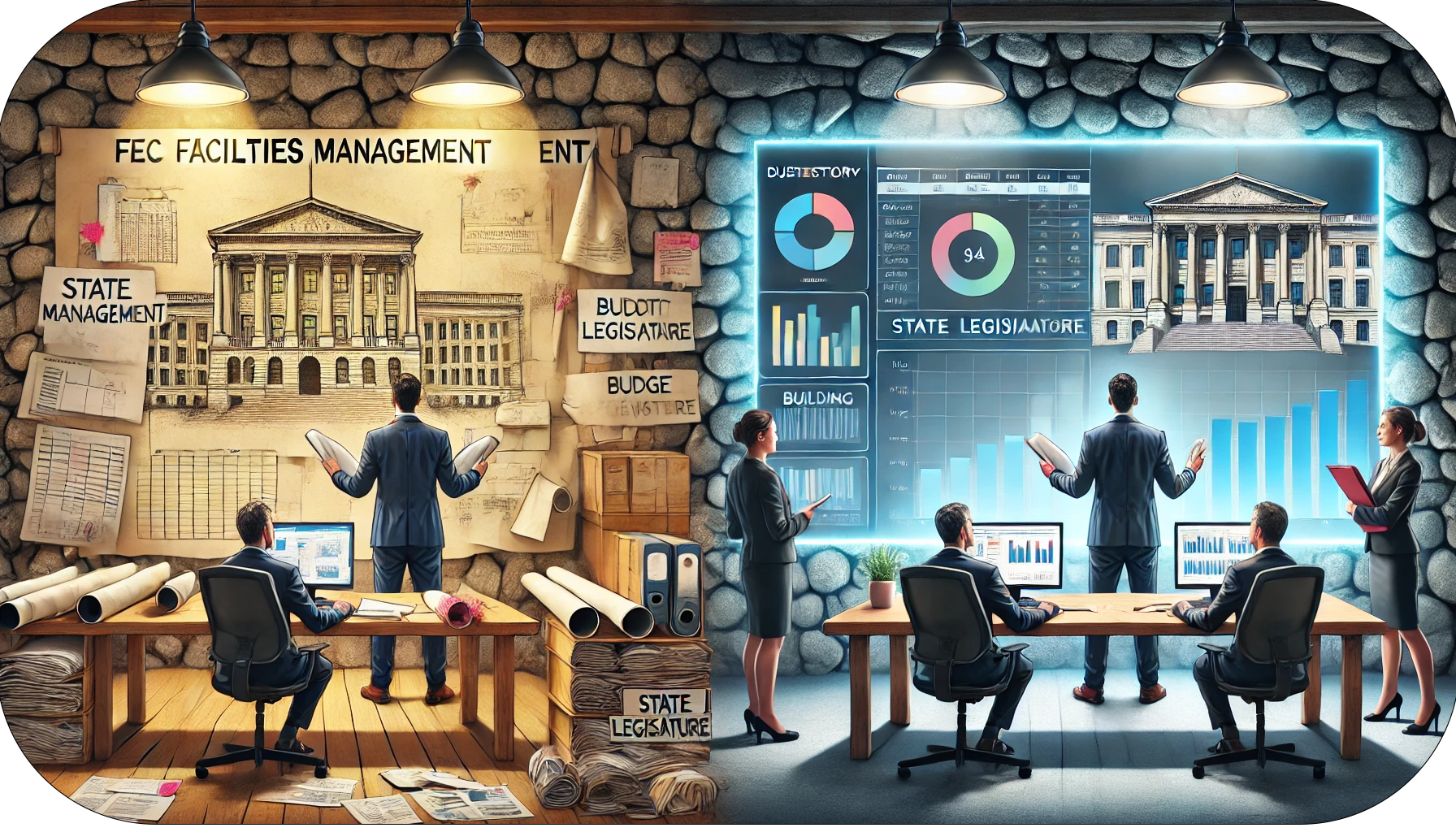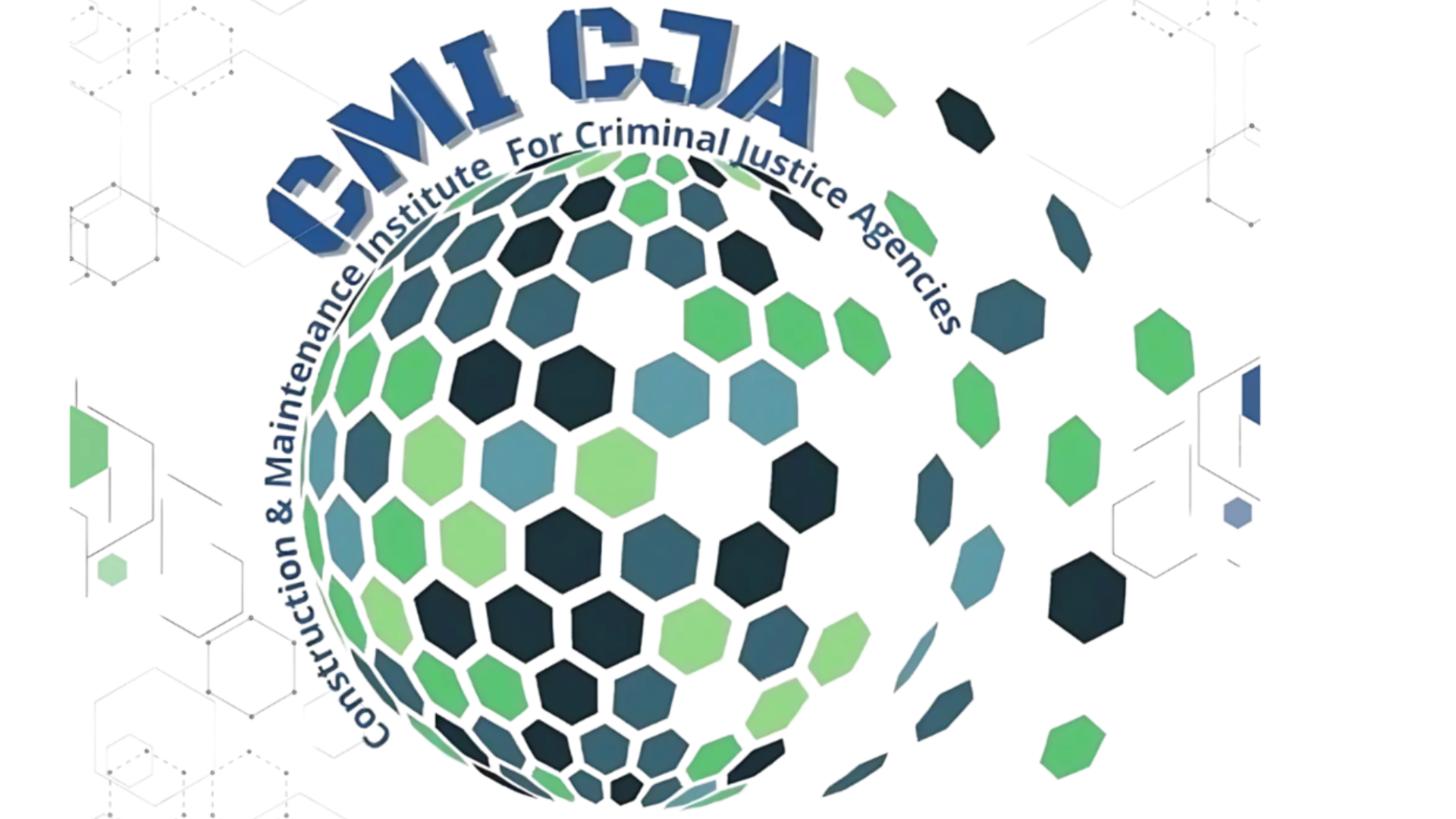Maintenance Management Software
Track and manage the upkeep of facilities and assets to maximize their useful life and minimize your costs.

What is Maintenance Management Software?
Maintenance management software helps an organization track the servicing of their facilities and assets, as well as the related expenses, which is often referred to as maintenance & operations (O&M). Large organizations use maintenance management systems to track the location of assets and equipment, plan their maintenance schedule by assigning work orders to maintenance personnel, and to capture all the costs associated with maintenance. Across a large portfolio of facilities, it's not uncommon for an organization to have tens of thousands of assets or more to maintain.
Sophisticated maintenance software coordinates various types of maintenance including: corrective/reactive maintenance (when equipment fails unexpectedly), preventive maintenance (routine service performed to prolong asset life), and predictive maintenance (using sensors and/or analytics to prompt maintenance before a failure).
Common types of maintenance software include: computerized maintenance management systems (CMMS), enterprise asset management (EAM) systems, and integrated workplace management systems (IWMS). CMMS software is typically used at a department level, while EAM can be deployed enterprise-wide and encompasses more of the asset lifecycle, and IWMS views assets holistically including usage, capital planning and energy costs. Following are some of the more common capabilities you'll find in maintenance management systems:
Asset Tracking
Refers to maintaining information about your organization’s assets (buildings, systems, equipment, vehicles, etc.). This includes recording when assets were purchased, their life expectancy, warranty information, maintenance history, costs, and more.
Inventory Control
Is the ability to manage the inventory of replacement parts and supplies required to maintain an organization's assets in a timely and efficient manner. This includes handling everything from purchasing to distribution of parts, across one or more warehouses.
Work Orders
Work orders detail the work to be performed, which can be divided into one or more phases (a job may require plumbing, drywalling. painting, etc.). Work orders can be for corrective or preventive maintenance, the work gets scheduled, assigned to appropriate personnel, labor time and material costs are recorded, and a history is maintained by asset so decisions can be made regarding repair vs. replacement.
Corrective/Reactive Maintenance
Corrective maintenance (sometimes called reactive maintenance) refers to the work performed to restore an asset or equipment to once again function as designed, after it breaks or fails unexpectedly.
Preventive Maintenance
Like oil changes on your car, preventive maintenance is routine maintenance designed to keep an asset or equipment running optimally, and to prevent premature failure. A maintenance management system should allow you to 'program' the preventive maintenance to be performed on assets.
Deferred Maintenance (Backlog)
Deferred maintenance (also known as backlog) is repairs to assets that get delayed due to budget limitations or lack of funding. Deferring maintenance however accelerates the need for capital expenditures to replace them. It's estimated that for every dollar not spent on building maintenance, it will cost as much as $15 to $30 to fix the resulting problems (according to NASFA). Maintaining buildings properly actually saves money and frees up funds to meet other needs.
Predictive Maintenance
Predictive maintenance minimizes unexpected failures by monitoring the condition of assets and considering historical trends in asset performance. A work order can be automatically generated when asset performance falls outside the normal operating range.
Key Benefits
A Complete
Asset Inventory
Asset Inventory
Easily Locate
Every Asset
Every Asset
Centralize All
Asset Records
Asset Records
Plan Preventive
Maintenance
Maintenance
Extend Useful
Life of Assets
Life of Assets
Drive Down
Maintenance Costs
Maintenance Costs
Minimize Equipment
Downtime
Downtime
Know Total Cost
of Ownership
of Ownership
Our Unique Approach
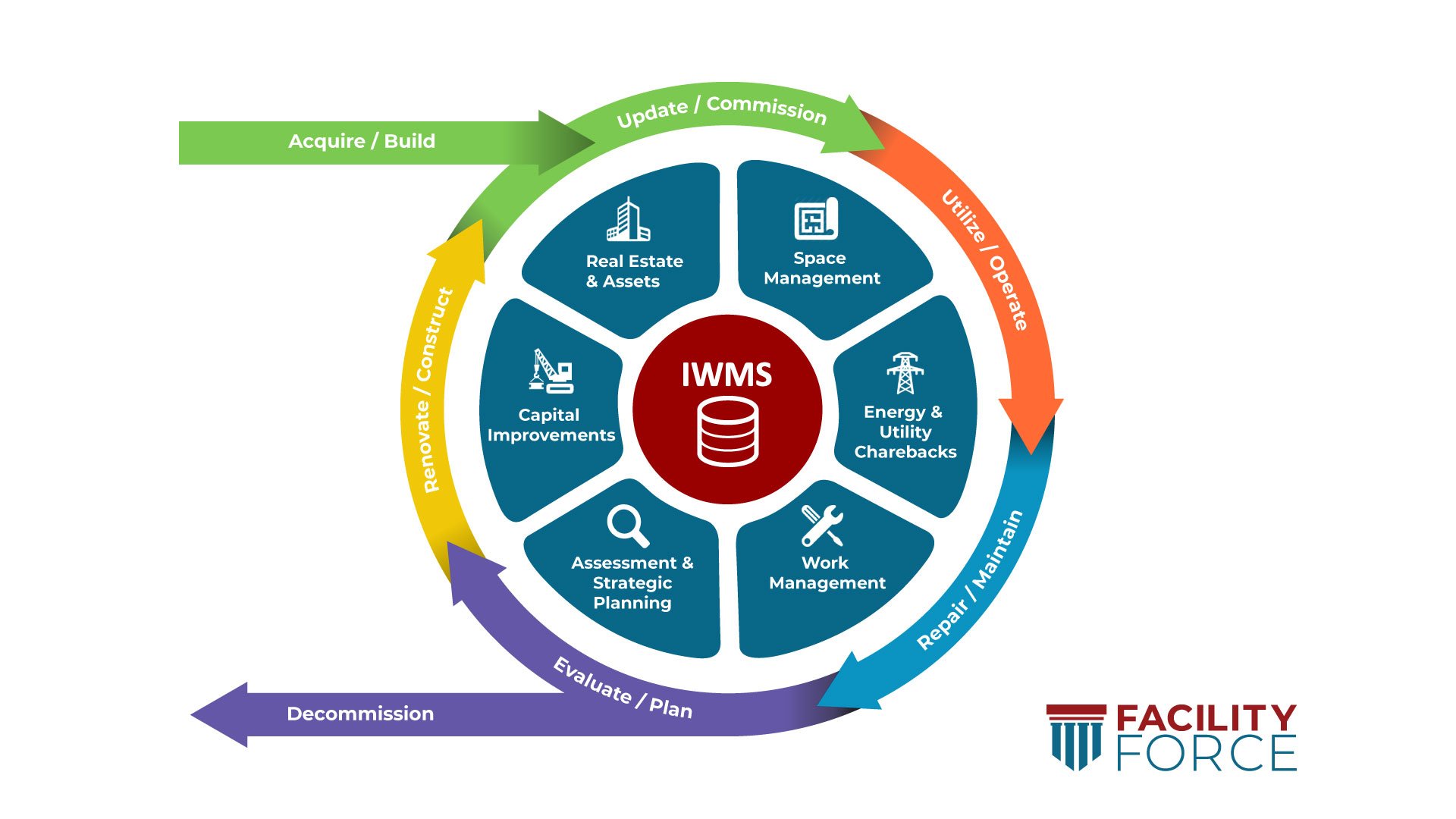
Strategic Facility & Asset Planning
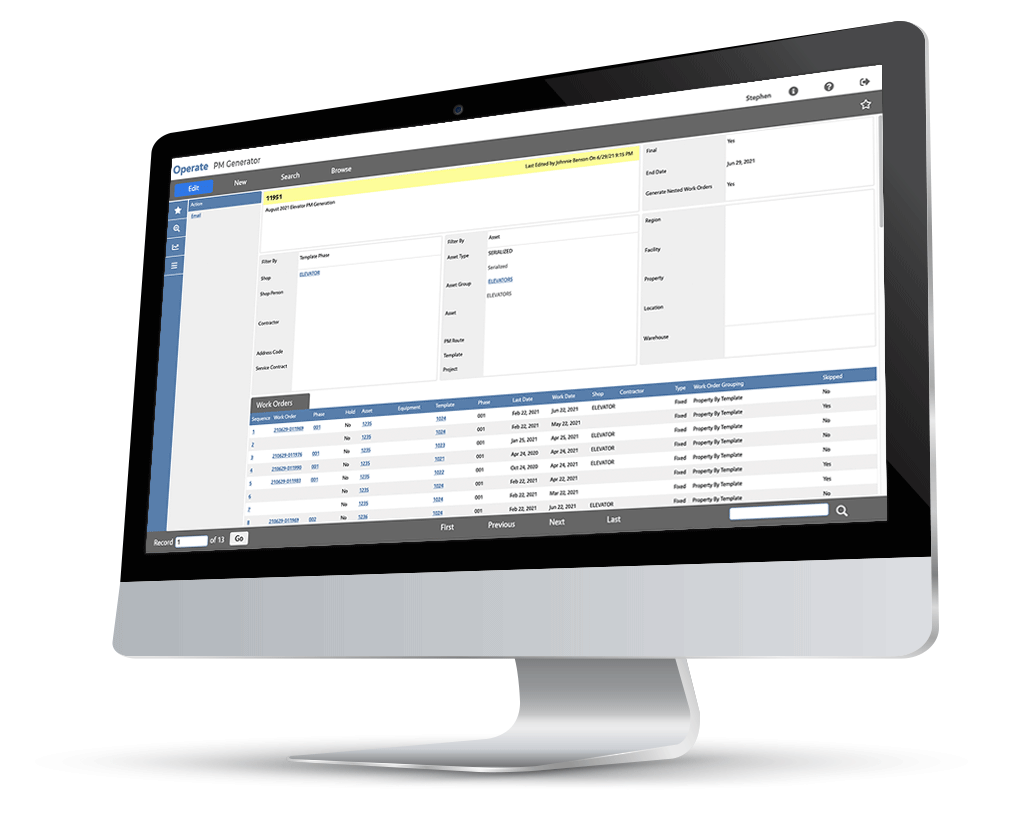
Planned Preventive Maintenance
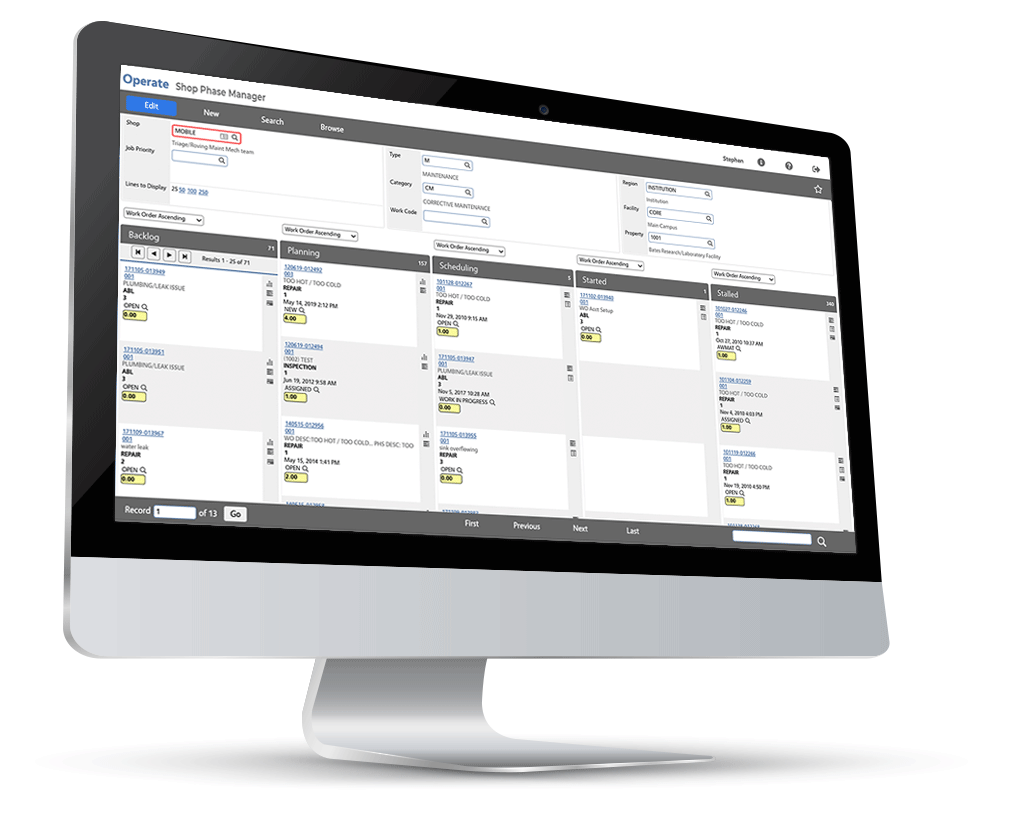
Detailed Work Orders
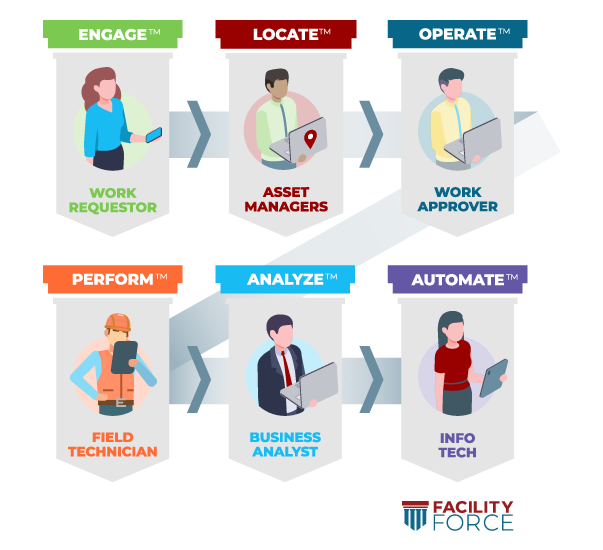
End-to-End Solution
FacilityForce provides a comprehensive, end-to-end solution for facilities management including the ability to:
- Capture complete details via a sophisticated online request engine (Engage),
- Enable map-centric asset management with the embedded power of Esri ArcGIS (Locate),
- Route requests according to your business processes for approval, schedule and allocate the necessary resources (Operate),
- Dispatch to field personnel who use mobile apps to locate the job, order parts, log time and complete the work (Perform),
- Track complete costs and performance metrics across your organization (Analyze),
- Leverage standardized tools to streamline processes and exchange data with other systems (Automate).
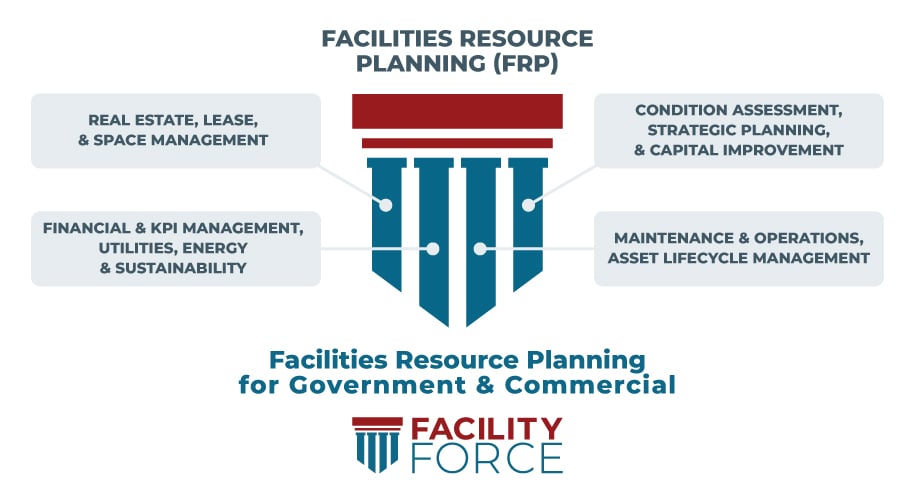
Integrated Solution
The best integration is "no integration", meaning everything you need resides in a single software platform as opposed to integrating disparate systems. FacilityForce is designed from the ground up to use a common database of properties and assets, which provides a seamless experience across the board.
Whether or not you leverage them all, the fact that FacilityForce offers real estate & lease management, space management, maintenance & operations, capital planning & project management, and energy management means room for growth.
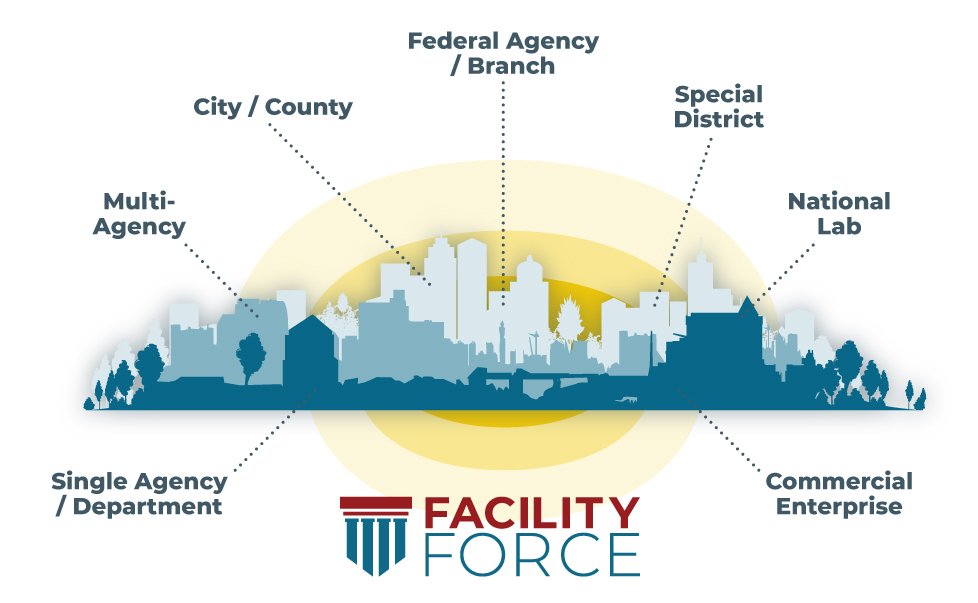
Define Your Scope
Some customers start with a single department (such as general services, facilities) and find they can easily add real estate, capital construction, transportation, health, education, corrections, parks and more. Ultimately, broader scope can be a force multiplier as greater visibility across a portfolio leads to better alignment with organizational goals.
Related Products
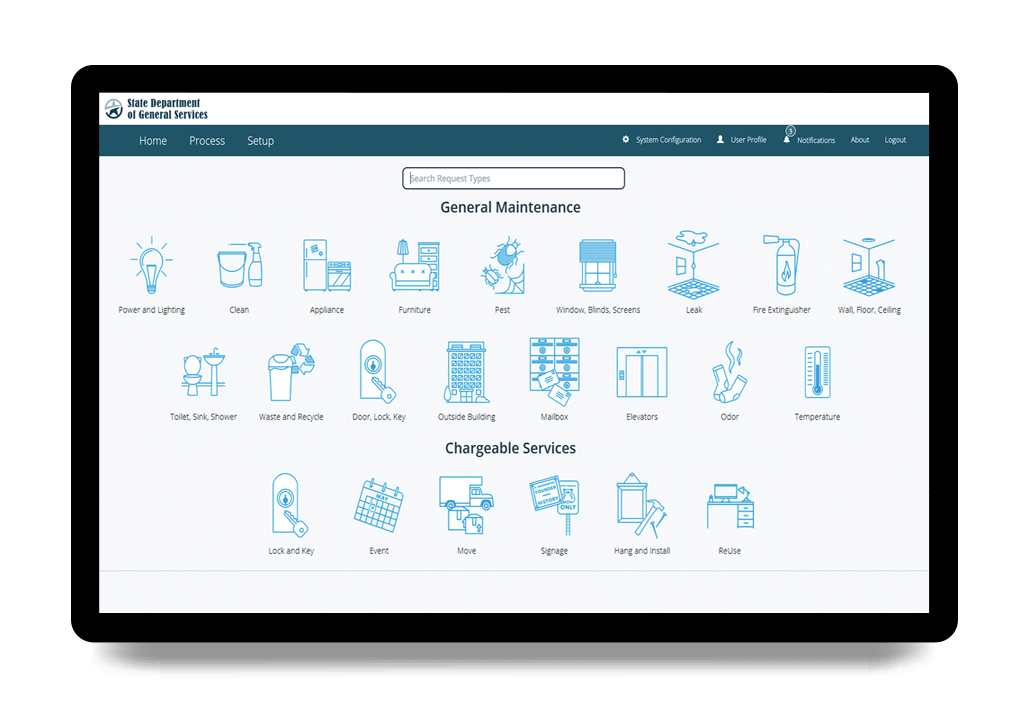
Engage
Engage is a family of self-service portal products that extend the power of FacilityForce to the community you serve, enhancing communication and improving customer service.
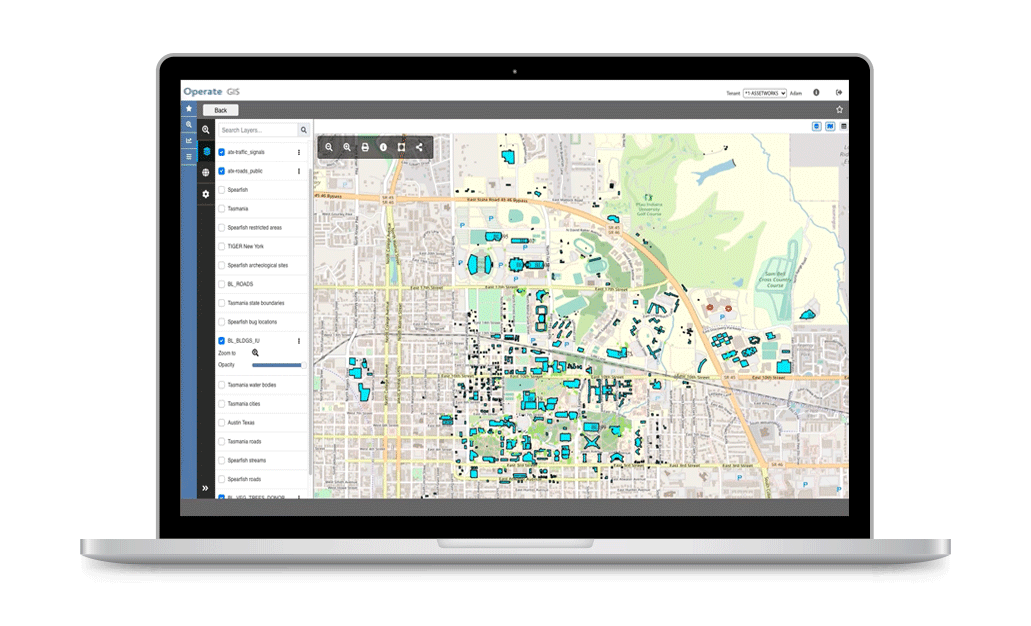
Locate
Locate enables map-centric asset management with the power of Esri's ArcGIS embedded in FacilityForce. Bring your data to life visually and work with assets, work orders and more on interactive maps.
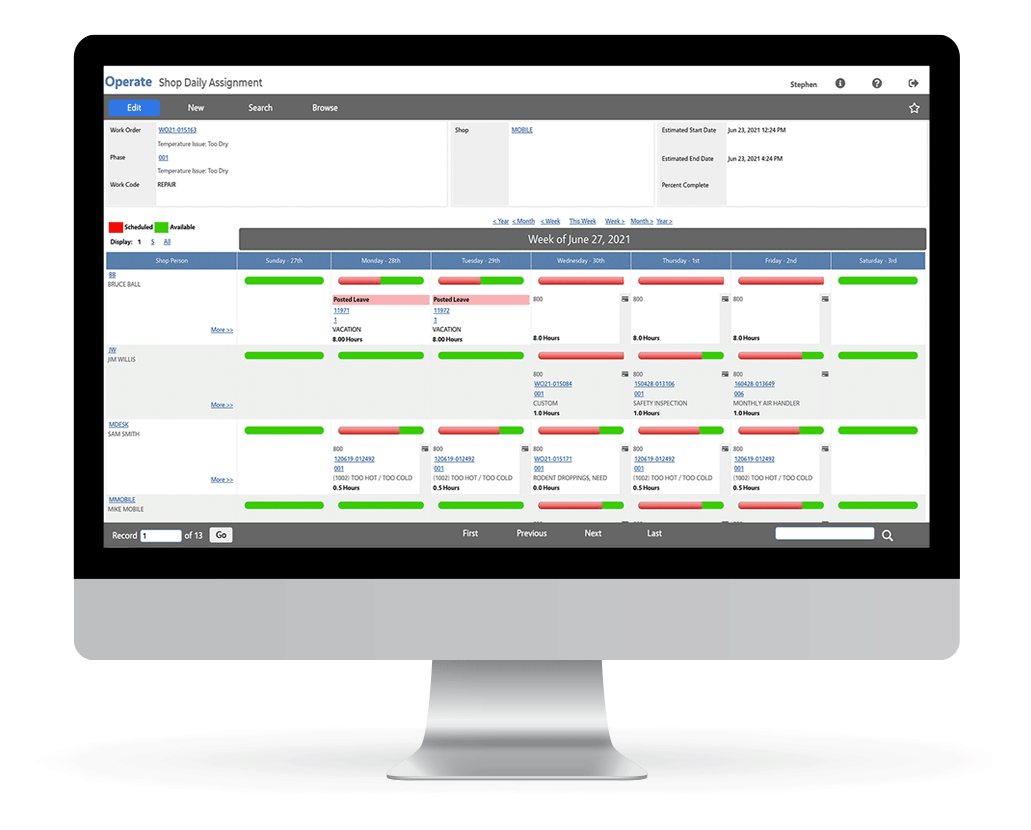
Operate
FacilityForce Operate is the core family of integrated enterprise solutions and specialized modules used to holistically manage facilities and assets, and to maximize their value to your organization.
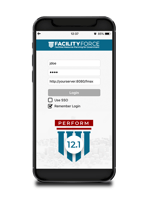
Perform
Perform is a family of mobile applications that puts the power of FacilityForce in the hands of your field personnel and technicians, making them more productive on-the-go, wherever they need to be.
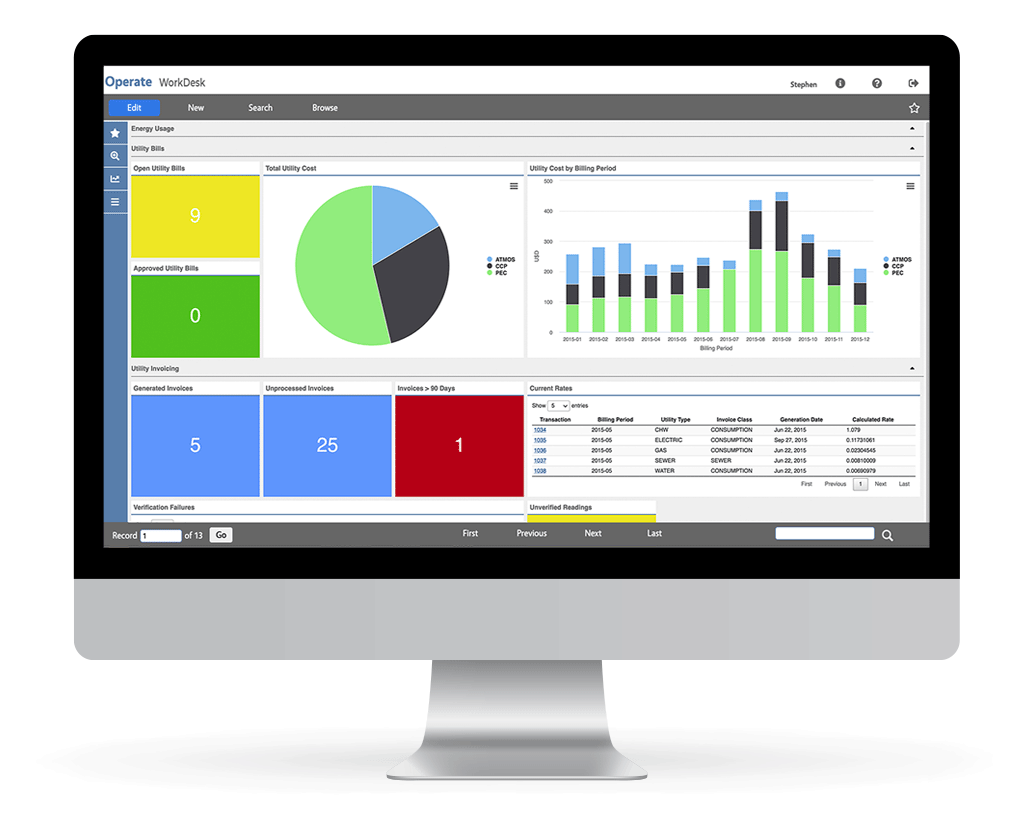
Analyze
Analyze is the business intelligence solution built into the FacilityForce platform, which makes valuable and actionable business insights available to stakeholders in your organization.

Automate
Automate is an optional add-on to the FacilityForce platform that provides for business process automation and standards-based integration with other key systems in your facilities' ecosystem.
Testimonials

Thomas Miller - Chief Real Estate Officer

Tim Corbett - Chief Deputy Director

Anthony Griffin - Director of O&M
Related Learning

NASFA's 2025 National Conference & Expo
FacilityForce is honored to be a Platinum Sponsor of NASFA's 2025 National Conference. Taking place...
Keep readingLet's Chat

The best way to confirm whether our software is a good fit for your organization (and vice versa) is for us to discuss your specific challenges and goals, so let's chat...
